SUNDAY JOINT, 2-11-2024: GATHER YE ROSEBUDS AND SURF BUDS AND THY BUD LIGHTS WHILE YE MAY

Hey All,
There are different paths to riches, and while I am a traditionalist in that I’d love to trod the path that ends with two or three more zeros in the family IRA, I am wealthy in other ways. I am up-triggered, constantly, for example, when reminded of the cultural bounty that dropped like rosebuds and free Sex Wax into my tanned hairless arms during the earliest years of my surfing life. High and low; surf and non-surf. Three Dog Night, Harold and Maude, David Nuuhiwa’s haircut, “It’s Always Summer on the Inside,” Mad Magazine, Drew Kampion—all spark joy, gratitude, even pride that my wonder years were routed through the late ’60s and early ’70s.
But there were downsides, one of which was a hippied-out groupthink view of surfing that bent our joyous but wildly pointless sport into something heavy and exalted, and then went out of its way to discount or ignore things that had previously been accepted as fun or interesting or different.
So here we have Floyd Smith, for example, first-rate San Diego shaper, fount of good cheer, and a cofounder of Gordon and Smith Surfboards, answering the question “What is surfing?” for a 1970 SURFER article: “Life—it’s my life. It’s all I’ve ever done and all I ever want to fully do. I enjoy a lot of things but only love my children, women, and surfing. Not necessarily in that order.”
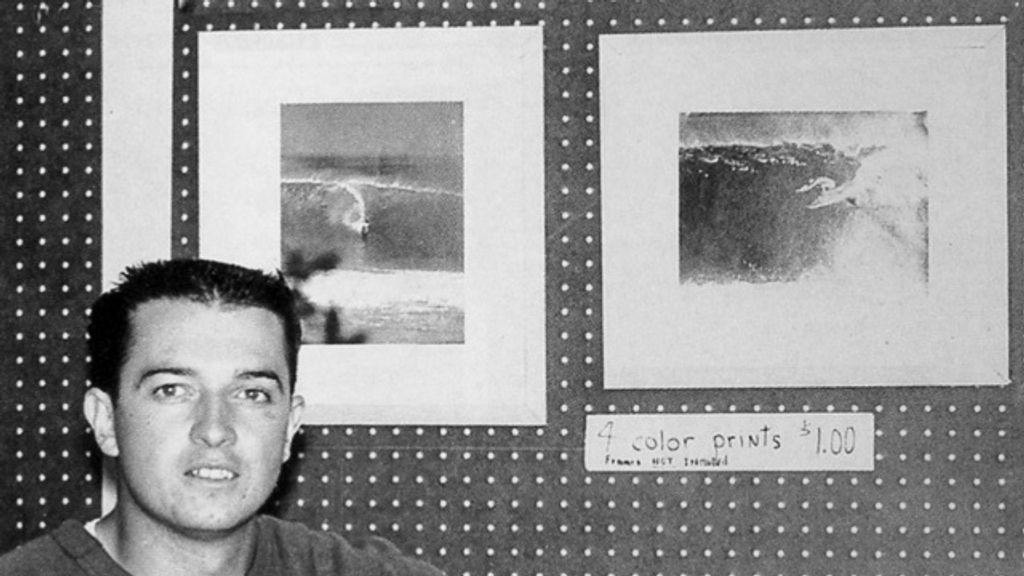
I prefer the 1964 crew-cut version of Floyd, as presented in SURFER: “He is quite interested in German cars; that is, the mechanics of the Porsche and Volkswagen. As a member of the Parachute Club of America and the San Diego Sky Divers, he has made about 25 jumps.”
Floyd died last week, at age 83, and while his love for surfing indeed lasted till the end, my guess is that his 1970 remarks were a sort of camouflage, a way to blend into an unsettled and often unsettling era. But from what I gather, Smith remained at heart, decade after decade, open to new ideas and experiences, things apart from surfing, including German engineering and the idea (if not the practice, at least later) of jumping out of planes. Floyd was too friendly to be heavy. Too interested and connected to other places, other people. It was Smith who took the G&S brand to Australia in 1965, and set up shop in Cronulla, where he designed and shaped the Bobby Brown Stringerless, a shortboard precursor, which may have been the finest board on the market (and one of the shortest-lived; that’s another story) in 1967.
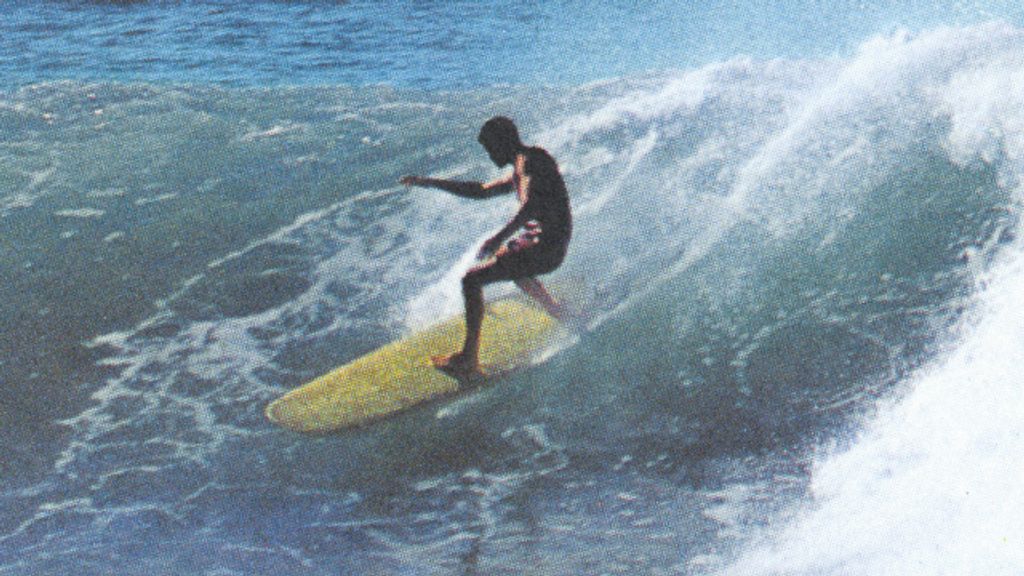
Floyd Smith was admired, respected, and loved by surfers on two continents. I am a faithless man, God-wise, but if I’m wrong I hope Smith is cruising astral plane Pacific Coast Highway in a silver-body red-leather 356A convertible, hair whipping in the breeze, with a Hynson gun jacked out over the backseat.
Speaking of heavenly cruising, here is the full-length 15-minute CBS Sports Spectacular piece on the 1976 World Cup, held in pumping offshore six-to-eight waves at Haleiwa, when the women, for the first time in pro surfing history up to this point and for many, many years after, scored better conditions than the men. Margo Oberg won the contest, to absolutely nobody’s surprise, but champ-in-the-making Lynne Boyer is already the more progressive of the two, and other competitors—Linda Davoli in particular—are all good enough to make Margo work for the win.
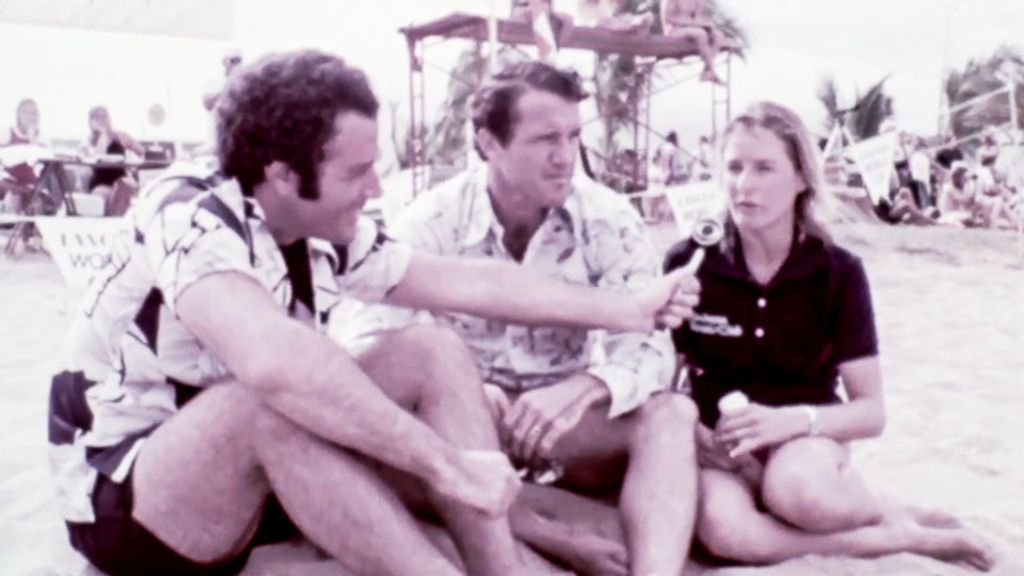
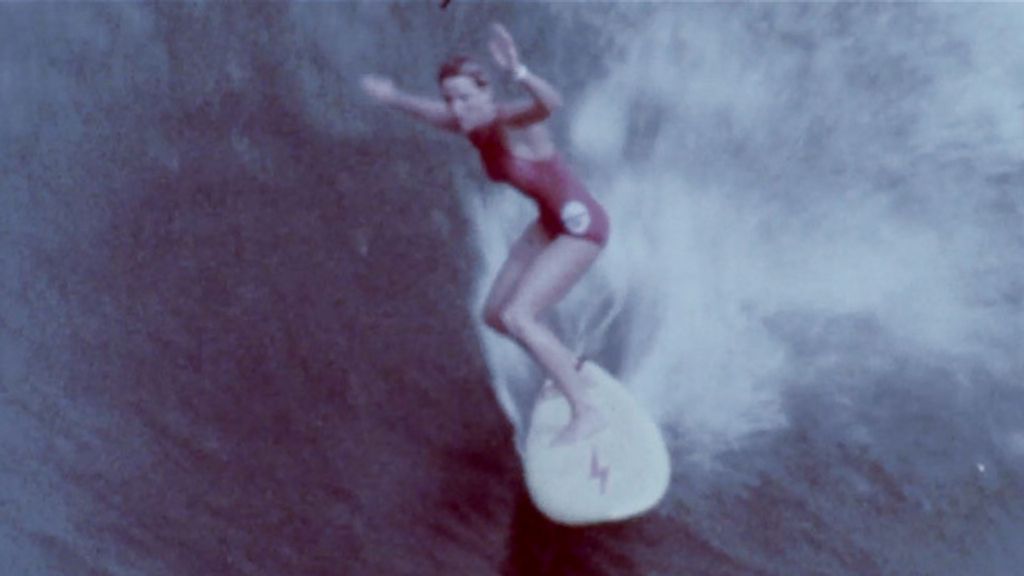
Two more things about this clip. First, as always, there is Margo. You see those pictures of her from the ’60s, when she was an unbeatable school-age girl, and she’s half-human half-sparrow, all knees, ribs and overbite, years away from adulthood—and here at the World Cup, almost a decade later, she’s still tiny but at the same time incredibly solid, in her person and, of course, atop her board, almost like she lives in a different and slightly heavier gravitational realm than her competitors. Oberg is plain and otherworldly at the same time.
Second, and I’ve mentioned this elsewhere but it bears repeating in light of the World Cup edit—we really shot ourselves in the foot, aesthetically, with the stickers. I am forever attracted to the mid-’70s in part because the surfing is a distant but recognizable version of surfing as performed today (longboarding during the previous decade is not) and also because this is the last point in which our best riders did not have sponsor logos on their boards. 1976 is more or less the last moment where pro surfing still had the sport looking its very best, in other words. Our six finalists line up on the beach before the last heat, smiling and fidgety, and there’s not a surfwear or wetsuit logo to be seen, and I know there is no going back, and I know that in years to come each deck-displayed Rip Curl or Victory or Quiksilver sticker was putting money in surfers’ pockets—but in retrospect, the branding, to my old eyes, just comes across like not-quite-healed pox marks. These World Cup boards, on the other hand, are immaculate, all of them, just clean parabolic lines and a lightning bolt here and there, as God and Kahuna intended.
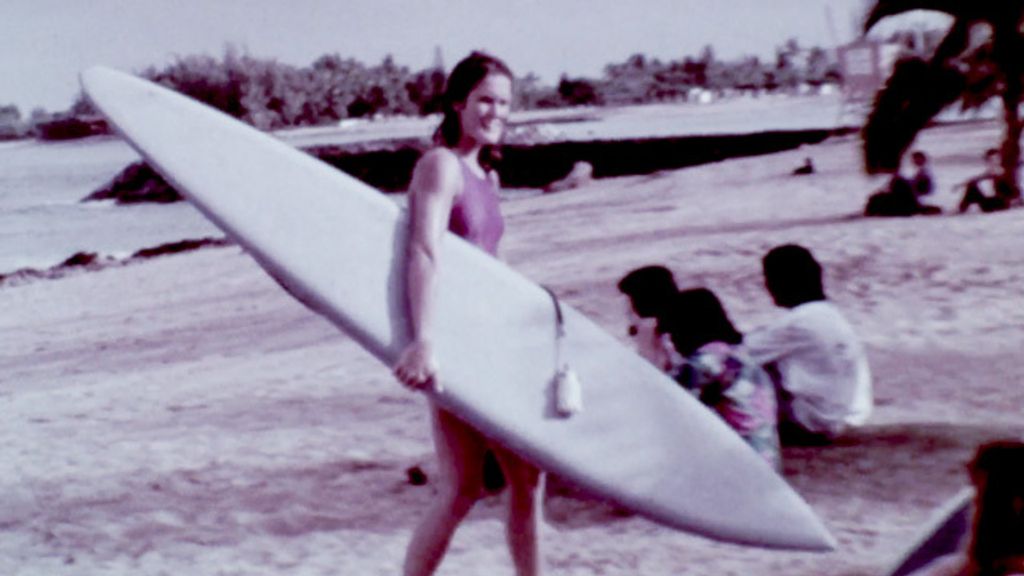
Thanks for reading, everyone, and see you next week.
Matt
PS: Women surfers are the only thing Floyd Smith talks about in detail in his 1963 Petersen’s Surfing profile. Check out the numbers, below, and keep in mind that the boards you see in the World Cup video are all 7' 6", give or take, and weigh about 12 pounds. Take it away, Floyd:
Some girls come bounding in [to G&S Surfboards] asking questions a mile a minute while others are so shy it takes two hours to find out if they surf. Girl surfers come in all shapes and sizes but almost all of them want the same type of board. Their tastes differ completely from male surfers. You can never tell what kind of board a boy will order. A 90-pound weakling might order a 10-footer, while a husky athletic type sometimes orders a potato chip. But girls, bless them, are fairly consistent. Nine out of ten want a lightweight board, either 9' or 9' 2" and 22" wide, with a square tail. This board is easy to carry, easy to handle, and easy to ride. There are exceptions, of course. Girls with lots of experience surfing know what their particular needs are. Take Nancy Nelson for example. Nancy won at Makaha this year. Her board is 9' 10" by 21" and weighs 32 pounds. We made the board heavier to help smooth out the bumpy surf typical of Makaha. Marge Calhoun is another top competitor. She likes a 9' 8" x 22" wide, weighing 25 pounds. Nancy and Marge are exceptions, as I said, but both these fabulous women surfers started out on the usual lightweight 9' 2", same as the average girl surfer is riding today.
Like Floyd said, he loved his women!

[Photo grid, clockwise from top left: Floyd Smith, photo by LeRoy Grannis; Becky Benson in the 1976 World Cup; skydiver in the 1950s; Three Dog Night; Porsche 356; ’76 World Cup finalists. Smith in the G&S shop, photo by Grannis. Bobby Brown at Sandon Point, on a Smith-designed board, 1967. Al Michael, Fred Hemmings, Margo Oberg, at the ’76 World Cup. Margo in the finals. Unidentified World Cup surfer. Marcia Stewart, Floyd Smith. Big thanks to Ira Opper and Dustin Hood for the Larry Lindberg World Cup footage.]